Thank you for visiting! You can learn more about me here.
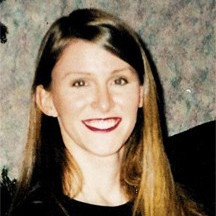
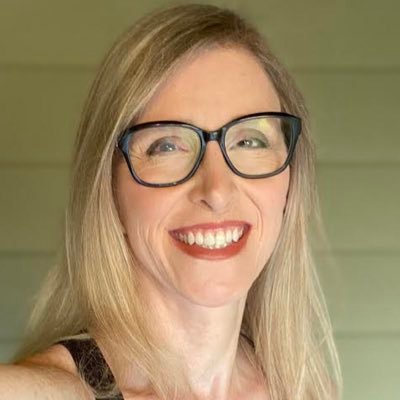
Background
In 1996, I wanted to create a way to help transgender people that was like Our Bodies, Ourselves. A friend of mine told me I should make it like a map. I thought that was a great idea.
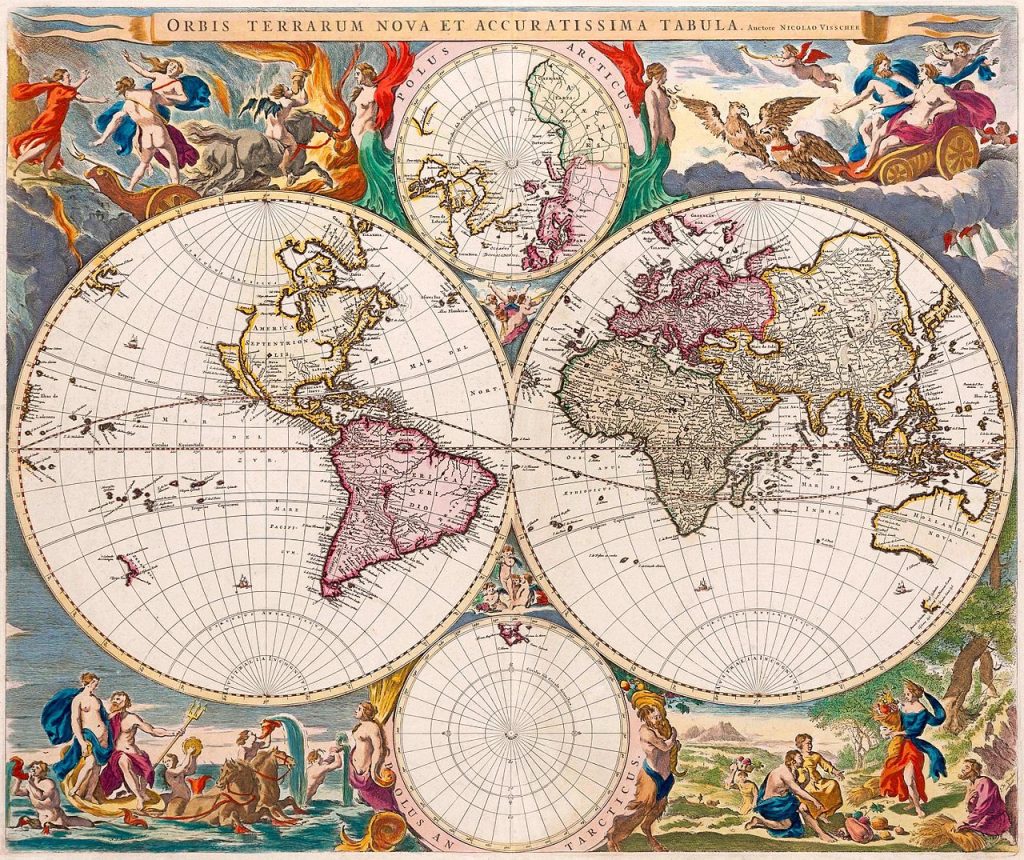
We needed a map of the gender transitions of those brave people who came before us, to guide those who came after. Just like any early maps, this map isn’t perfect. Some parts may be wrong or even missing. But if we all work together, the map will become better and better.
Gender transition is different for everyone. Your path will be unlike anyone else’s. Some people want to get to their destination in a big hurry on the fastest route they can find, even if it’s harder or not as safe. Others want to take a slow, smooth road. This site talks about as many of these roads as possible.
There is no “one right path.” Everyone has a different destination, different timetable, different resources available to get there. A lot of transgender people seem to say “my way is the only good way.” This is not true. There are, however, shortcuts that can often make your path easier. I talk about those here, as well as my personal opinions. I’ll let you choose if they are right for you.
About this site
When I first got online, I was working at the Chicago Tribune. They were trying to figure out electronic delivery of local news, and they had text-based options they were trying in the early 1990s. In 1995, I signed up for AOL because they had USENET access as well as walled garden chat room options. Even though AOL charged a steep hourly fee, and mentioning the word transsexual was a violation of their terms of service, I spent a lot of time looking at USENET groups, especially soc.support.transgendered (founded in 1994) and alt.support.srs (founded in 1997). In early 1997, I published a three-part report on USENET called “My facial feminization.” Because there was not an option to display before-and-after photos there, I used AOL to create a website that included images. I was the first person to post before-and-after photos of my facial feminization surgery on the World Wide Web, and the site really took off after that.
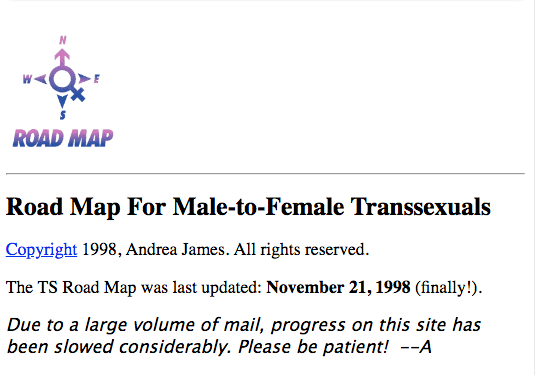
This site was originally hosted on AOL starting in 1998 (above is the earliest extant capture by archive.org).

Google had not been founded at the time, and finding information online was time-consuming. I made a section called TORCH that served as a one-stop shop for as much relevant consumer information as I could gather. I bought a top-level domain that year because AOL started forcing ads on members’ pages, and I had no control over the ad content, some of which were scams and other disreputable businesses.
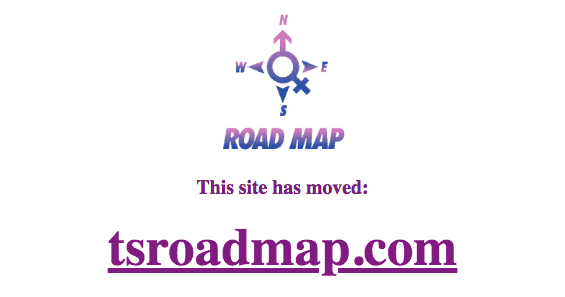
This site’s domain was originally tsroadmap.com, as TS stood for transsexual, the term used at that time for people including medical options in their transition. The name “tsroadmap” was an artifact from AOL, which only allowed members to have 10-character names. After I moved to Los Angeles in 2003, the site became a major hub for fighting back against academic exploitation of transgender people.
Eventually, all of my consumer sites had become so big that updating them was difficult while spending my days working to improve mainstream media depictions of trans people. The sites sat unchanged for many years, and much of the information and links became outdated.
To celebrate its 20th anniversary, the site was moved to transgendermap.com in 2018, and a major content upgrade took place in 2019, in order to serve mobile users better.
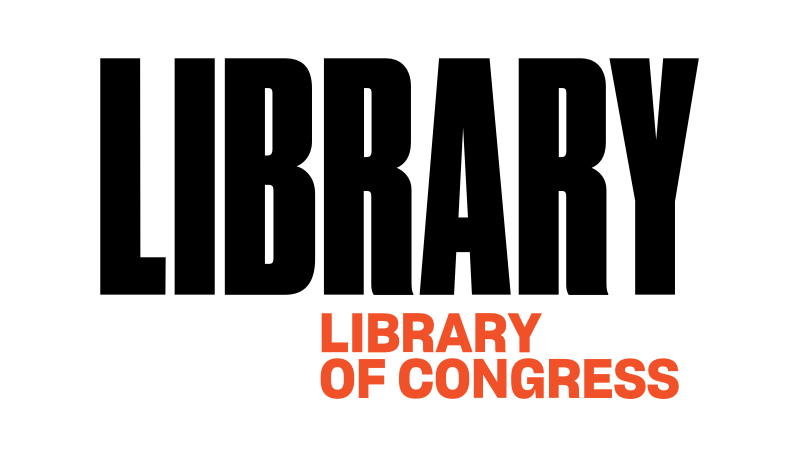
In 2021, The United States Library of Congress selected this site for their Archives as “an important part of this collection and the historical record,” adding:
The Library of Congress preserves important cultural artifacts and provides enduring access to them. The Library’s traditional functions, acquiring, cataloging, preserving and serving collection materials of historical importance to foster education and scholarship, extend to digital materials, including websites. Our web archives are important because they contribute to the historical record, capturing information that could otherwise be lost. With the growing role of the web as an influential medium, records of historic events could be considered incomplete without materials that were “born digital” and never printed on paper.
While I am deeply honored for this recognition, I am more honored to have had the opportunity to create something that might make this journey a little easier for you!
A note on design and style
Why does this site look so plain? There’s a high-tech and a low-tech reason.
Readers are here for information, and there’s a lot here. I have always kept the design very simple so it will load quickly, as many trans people do not have high-speed internet or high-end devices. Keeping things simple lets readers find the information they want quickly. It also lets me concentrate on writing new material and updating existing work.
This site is also optimized for mobile, as most non-US and younger visitors access this information via a mobile device. This latest iteration is compliant with AMP, or accelerated mobile pages, which allows pages to load extremely quickly, even for people on older devices or slower connections.
This site was originally written for people like myself: self-taught or college-educated trans women in highly competitive white-collar jobs and professions. It was modeled after advice books for feminist executives in the 1970s. In the 1990s, women making a gender transition in corporate jobs faced many of the same challenges as executive cisgender women in the 1970s. If I could help them transition and keep their jobs in the way I was able to keep mine, those people would have the money to support important activist work for the whole community. And that’s what happened!
Since that time, the readers of this site have changed a lot. It has gone from trans women in their twenties and above to readers of all genders in college, high school, and younger. The site also has many readers who don’t speak English and use automated translators. All of these people benefit from using much simpler language. Where possible, I try to keep the reading ease score at Flesch-Kincaid 70 and above.
In 2024, the site was updated to include many new features, including improved search, a dark mode, and a cleaner design.
Dedication
This site is in honor of two pioneers in transgender online resources: Melanie Anne Phillips and Gwendolyn Ann Smith. They both informed and inspired my own transition via the Transgender Community Forum on AOL. Although that forum is now gone, the work they began there became some of the most important online resources for our community. I only hope I can come close to emulating these two amazing women with this resource.
If this was interesting or helpful, please support my work!
Comments? Corrections? Questions? Let me know!